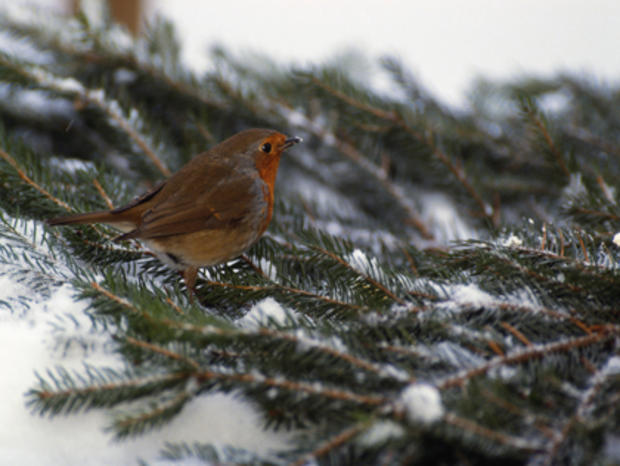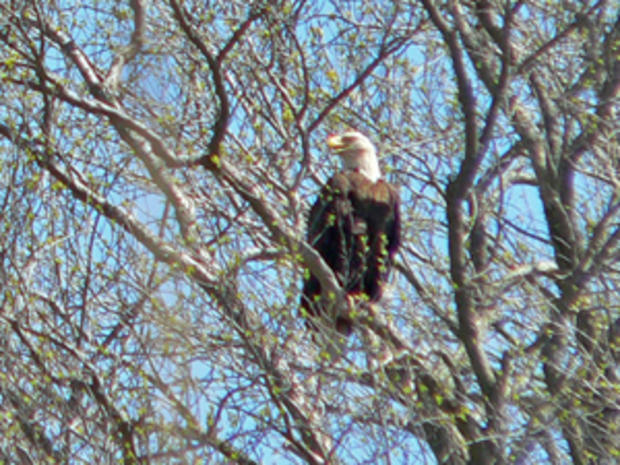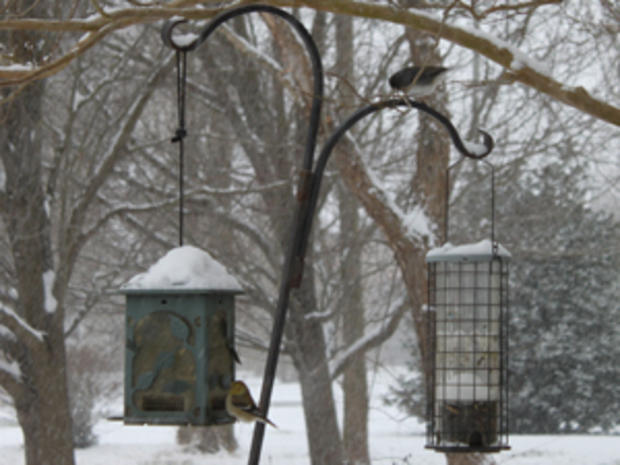Top Winter Bird Watching Spots
By Mindie Burgoyne
Bird watching is said to be the fastest growing outdoor activity in the United States. Maryland has more than 400 species of native birds, and is a favorite winter habitat for birds migrating from Canada and the Arctic down the Atlantic Flyway. This makes winter bird watching particularly interesting. Here are some top spots.
More than 243 bird species have been recorded at this refuge in Kent County on the Eastern Shore. The Tubby Cove Boardwalk is new and features an observation blind overlooking tidal waters that snake through the refuge. Three trails lead to various bird habitats. Eastern Neck is a particularly good place to observe the Tundra Swans that migrate from the Arctic and winter along the marshes of the Chesapeake.
Conowingo Dam
Route 1 crossing of the Susquehanna River
8 miles north of Havre de Grace
Hours: Park open daily 6 a.m. until dusk
Price: Free
http://www.harfordbirdclub.org/conowingo.html
Directions to the Conowingo Dam Park
Most people feel lucky if they see a bald eagle – and very lucky if they see a pair. At Conowingo Dam in Harford County, the visitor can see dozens of eagles at a time, swooping and jutting about the dam when the turbines are running. The large intake valves of the turbines suck up water and fish, and the eagles (and many gull species) flock to the fish. Considered one of the best places to see bald eagles east of the Mississippi River, Conowingo also has great blue herons, black crowned night herons, common mergansers and an occasional osprey.
Blackwater Wildlife Refuge is located about 12 miles south of Cambridge on the Eastern Shore. The refuge has more than 27,000 acres of forest, tidal marsh, freshwater ponds and a small amount of cropland, and has the largest breeding population of bald eagles on the East Coast north of Florida. The marshland in Blackwater is famous for its nesting and migrant birds including 35,000 geese and 15,000 ducks, plus northern loons, snowy egrets, osprey, great blue herons and the migrant peregrine falcon. It's a leisurely drive through the refuge.
Assateague Island National Seashore
The end of Route 611
Eight miles south of Ocean City
(410) 641.1441
Hours: Open daily 24 hours a day
Price: On foot or bicycle: free, Vehicle $3 per day or $15 for 7 days; Annual pass $30.
http://www.nps.gov/asis/index.htm
Assateague is not only famous for its wild ponies. It's also a unique habitat for migrating and nesting birds because its landscape includes ocean, bay, tidal marshes, forests and dunes. Pelicans, gannets, gulls, ducks, wading birds, shore birds and geese can all be observed. There are trails through the woods and behind the dunes. See the bird checklist.
Your own backyard
Don't forget to check your own backyard. Juncos, cardinals, chickadees, finches, nuthatches, wrens and downy woodpeckers can all be seen in urban and suburban areas. These birds tend to stand out well against a snow backdrop, so be sure to put out your feeders.
Mindie Burgoyne is an author, travel writer and tour guide living on the Eastern Shore of Maryland. Her blog, The Travel Hag http://travelhag.com, shares information on outdoor travel for women. She is the author of Haunted Eastern Shore: Ghostly Tales from East of the Chesapeake.








